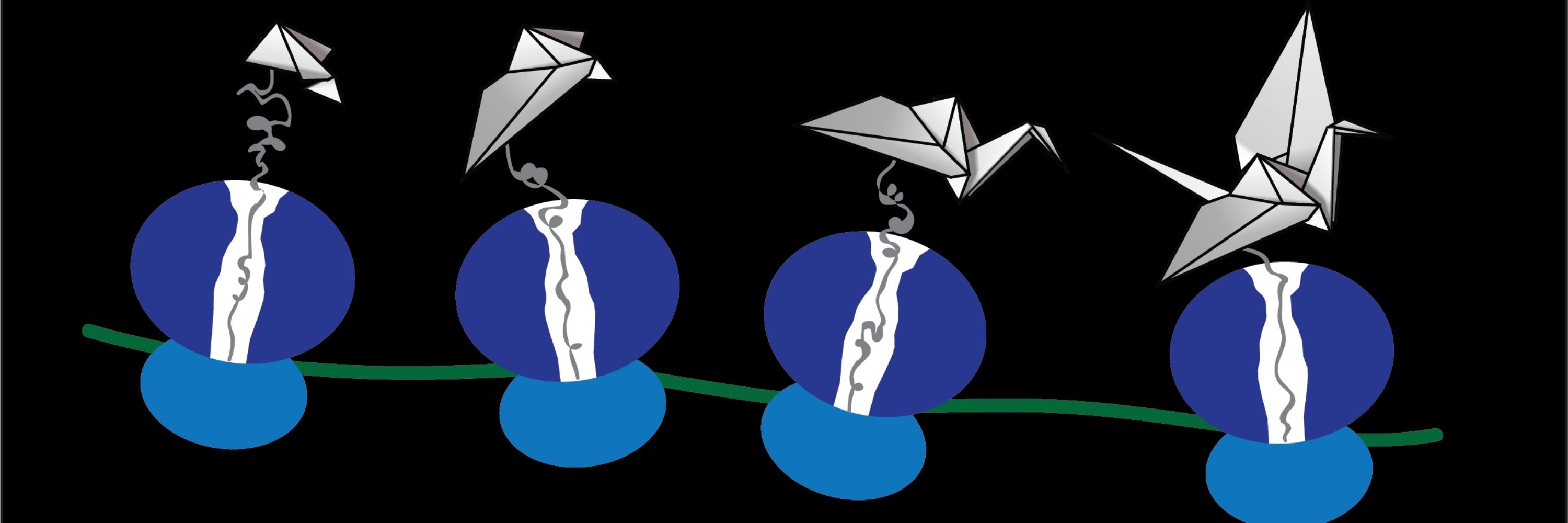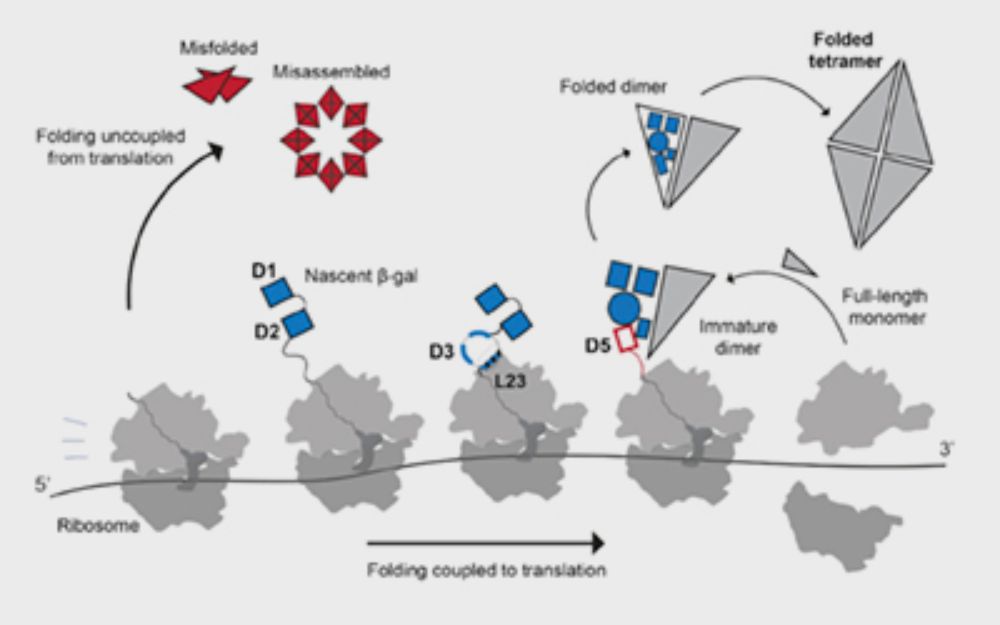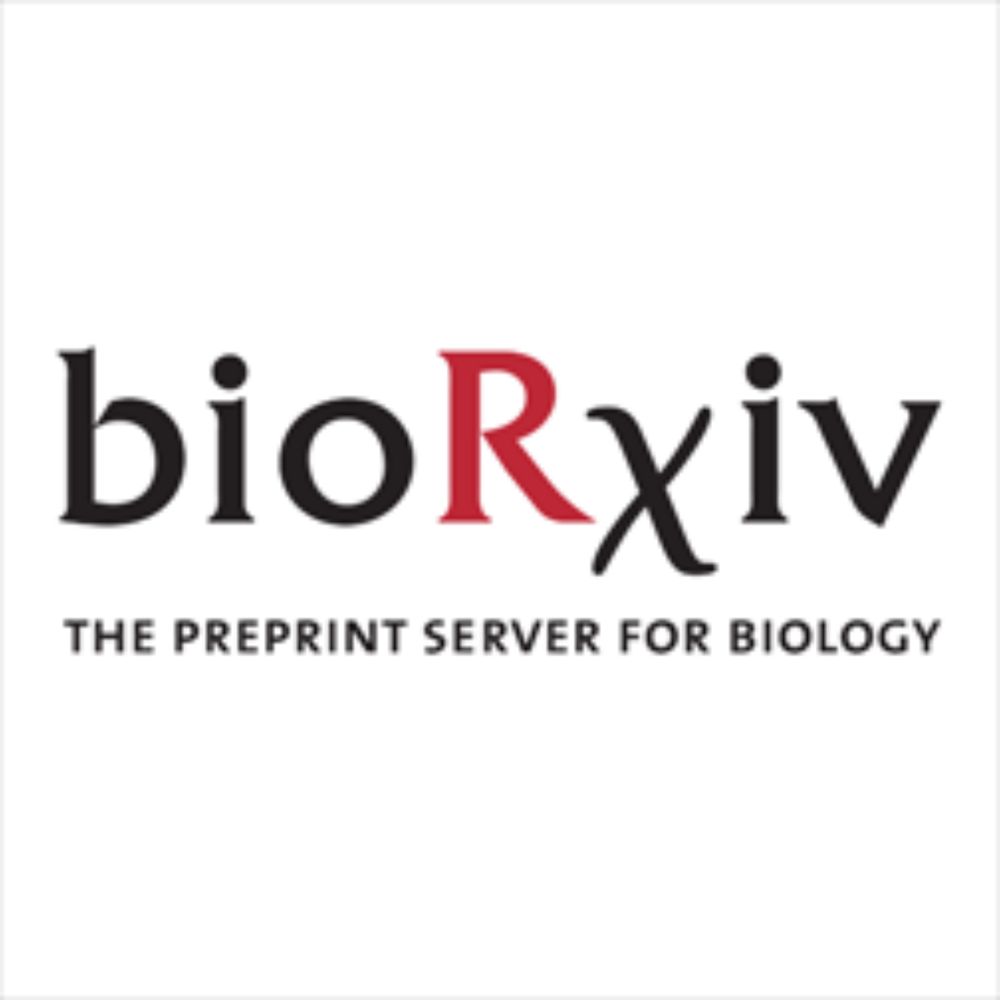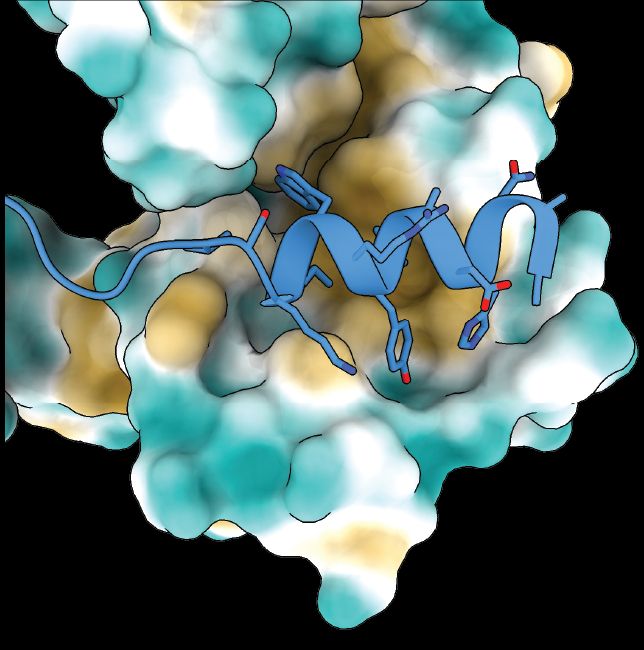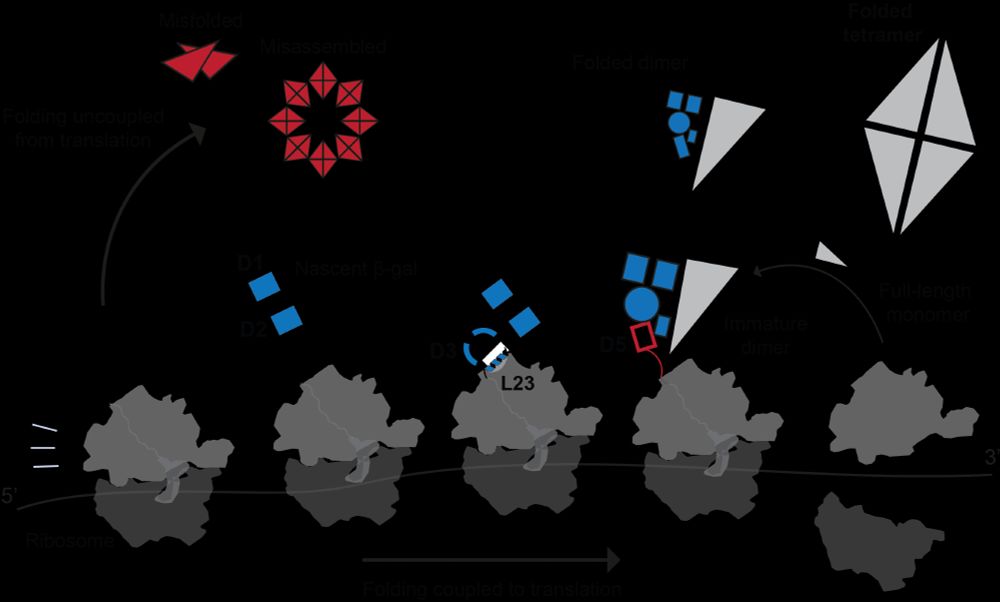David Balchin
@davidbalchin.bsky.social
460 followers
480 following
16 posts
Group leader at the Francis Crick institute and head of the Protein Biogenesis lab. Interested in protein folding, ribosomes and molecular chaperones.
Posts
Media
Videos
Starter Packs
Reposted by David Balchin
Reposted by David Balchin
Reposted by David Balchin
Reposted by David Balchin
Liana Lareau
@lianafaye.bsky.social
· Aug 7
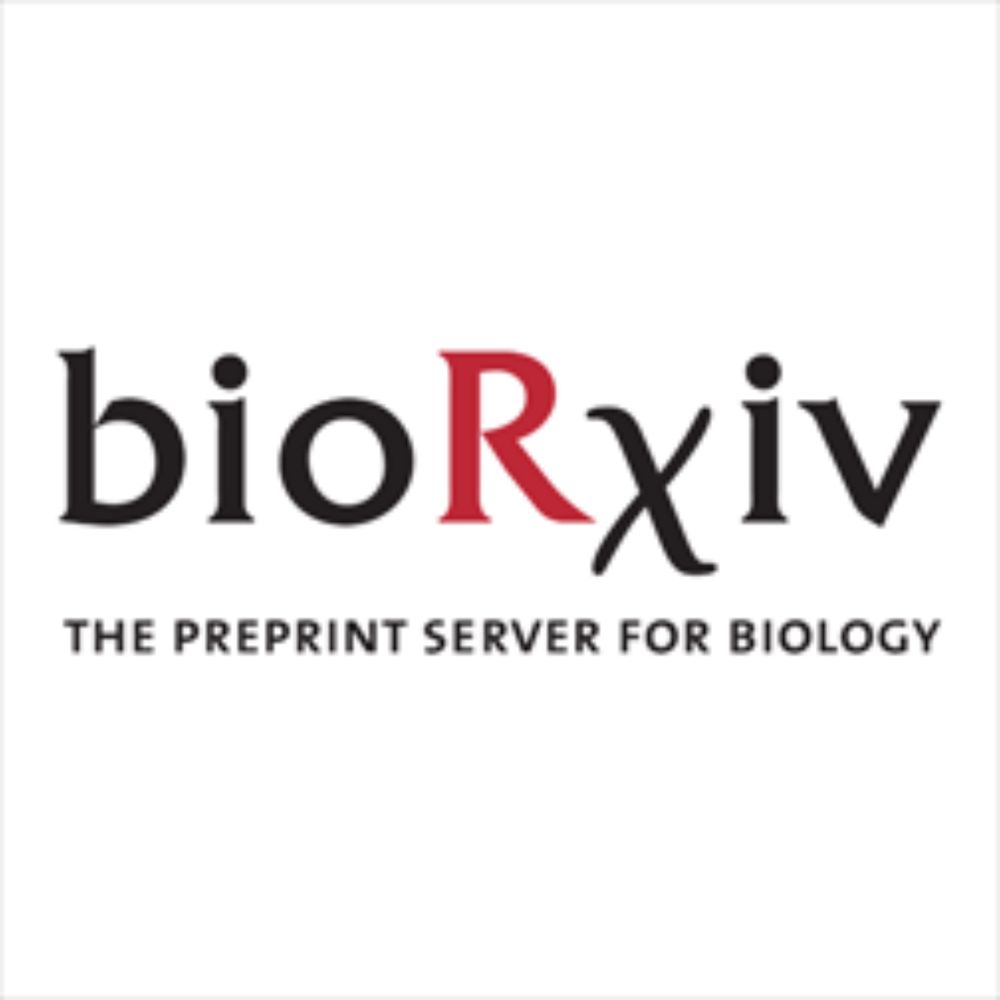
Protein language models reveal evolutionary constraints on synonymous codon choice
Evolution has shaped the genetic code, with subtle pressures leading to preferences for some synonymous codons over others. Codons are translated at different speeds by the ribosome, imposing constrai...
www.biorxiv.org
Reposted by David Balchin
Reposted by David Balchin
Reposted by David Balchin
Guillaume Mas
@masgu.bsky.social
· Jun 2
Reposted by David Balchin
Michal Kolář
@mhko.bsky.social
· Apr 30
Reposted by David Balchin
Jasmeen Oberoi
@jasmeenoberoi.bsky.social
· Apr 16

PhD Studentship: Structure and function of tyrosine fusion kinases in leukaemia and their regulation by the HSP90 molecular chaperone at University of Sussex
Discover a PhD Studentship: Structure and function of tyrosine fusion kinases in leukaemia and their regulation by the HSP90 molecular chaperone on jobs.ac.uk. Apply now and explore other PhD opportun...
www.jobs.ac.uk
Reposted by David Balchin
Louise Walport
@ljwalport.bsky.social
· Apr 14
Reposted by David Balchin
Laurenz Rabl
@laurenzrabl.bsky.social
· Apr 1

The nascent polypeptide-associated complex (NAC) as regulatory hub on ribosomes
The correct synthesis of new proteins is essential for maintaining a functional proteome and cell viability. This process is tightly regulated, with ribosomes and associated protein biogenesis factors...
doi.org
